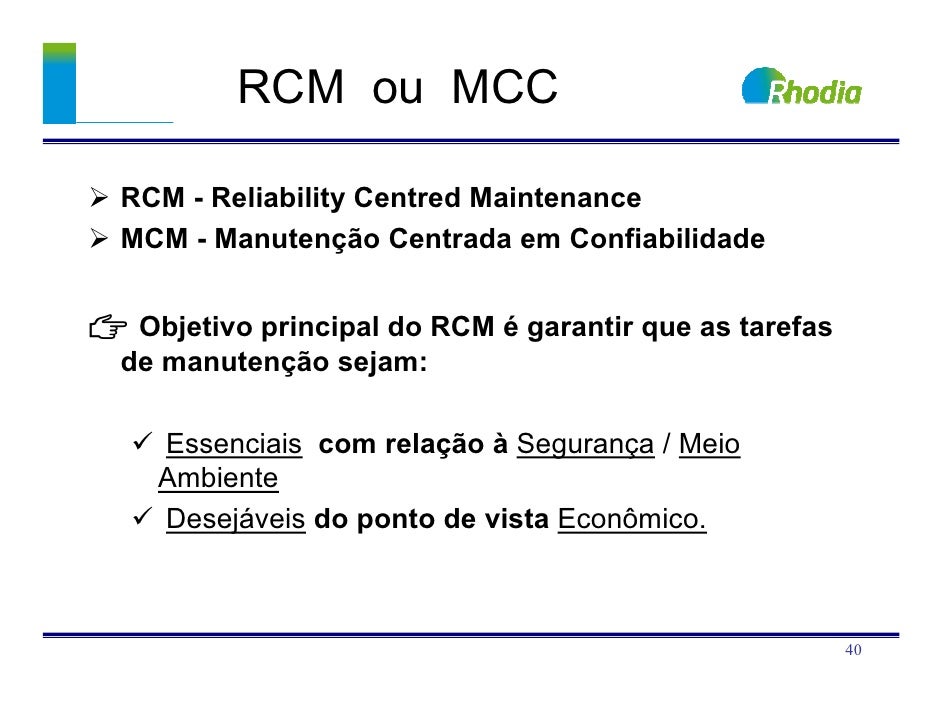Reliasoft Weibull Crack
Such simulations, we consider only the simple case of edge cracks starting. [2] ReliaSoft's Weibull ++, Life Data Analysis Reference, ReliaSoft Publishing,.
. Having higher reliability than competitors is one of the key factors for success.
This is especially true for the electronics industry. The reliability of electronic products can be predicted based on the design, the manufacturing process and the expected operating conditions. There are many different approaches for reliability estimation such as standards based reliability prediction, physics of failure and life testing.
ReliaSoft's employs a physics of failure approach and can be used to analyze test data for single or multiple stress conditions. In this article, we will analyze accelerated test data using the Norris-Landzberg model for lead-free solder joint low-cycle fatigue, by using the general log-linear (GLL) model in ALTA PRO.
Comparing the Norris-Landzberg Model and the GLL Model In electronic devices, failures can occur due to fatigue caused by temperature cycling and thermal shock. These fatigue failures are often a result of cyclical stresses that are induced during the device’s normal power-up and power-down cycles.
These stresses lead to weakened materials that may fail due to several different causes, including dielectric/thin-film cracking, lifted bonds and solder fatigue. The Coffin-Manson model and a modified version of it known as the Norris-Landzberg model have been used successfully to model crack growth in solder joints due to repeated temperature cycling as the device is switched on and off. The number of cycles to failure in the Norris-Landzberg model is represented as: Where: N f is the number of cycles to failure C is a coefficient f is the cycling frequency cycles/day Δ T is the temperature range during a cycle K T max is the maximum temperature during each cycle K E a is the activation energy eV K is the Boltzmann's constant 8.617 × 10 -5 eV/K p and m are the model parameters The cycling frequency ( f), the temperature range (Δ T) and the maximum temperature ( T max) are the stresses considered for testing. The activation energy ( E a) can be determined by test data and it is usually related to certain failure mechanisms and failure modes. Typical parameters of the Norris-Landzberg model have been published for various solder types. For example, for tin-lead (SnPb) solder and tin-silver-copper (SnAgCu or SAC) solder, the parameters are: p = 0.33, m = 1.9, and E a = 0.122. Acceleration factor can also be calculated as: The general log-linear (GLL) model in ALTA PRO assumes a log-linear relation for the life characteristic, t p, and is formulated as: where: t p is the life characteristic α 0, α 1.
Reliasoft Weibull
Α n are the parameters of the life-stress relationship χ 1, χ 2. Χ n are the covariates This equation can be rewritten in a more compact form as: And we can express this in terms of the life characteristic as: The life characteristic, t p, can represent any percentile of the assumed underlying life distribution. It can be the scale parameter eta (Weibull distribution), mean (exponential distribution) or median (lognormal distribution). The advantage of representing the life characteristic with the log-linear relationship is that life-stress relationship models can be assumed for the covariates by performing a simple transformation. Therefore, the Norris-Landzberg model, which is a combination of a power model for f, a power model for Δ T, and an exponential model for T max, can be formulated via the GLL model by applying a logarithmic transformation to f and Δ T, and a reciprocal transformation to T max.
Hence, for three stresses the GLL model becomes: Applying the transformations: where the relationships between the parameters of the Norris-Landzberg and GLL models are described as: p = −α 1 m = −α 2 E α⁄ K = α 3 Example 40 electronic components were tested to failure due to crack growth in solder joints as a result of repeated temperature cycling at three different elevated stress conditions. The associated data set is entered into an ALTA PRO standard folio, as shown below. To represent the Norris-Landzberg model, choose the GLL-Lognormal model on the control panel, and then use the following stress transformations for the three stresses. You can then use the GLL results from ALTA PRO to calculate the parameters of the Norris-Landzberg model, as shown next: Conclusion In this article, we introduced the Norris-Landzberg physics of failure model for crack growth in solder joints resulting from repeated temperature cycling in electronic devices. The relationship between the Norris-Landzberg model and the general log-linear model was presented, and ALTA PRO was used to estimate the Norris-Landzberg parameters for a given data set. A similar process can be used to analyze accelerated test data in ALTA for many physics of failure models with multiple stresses.
References. Wayne Nelson, Accelerated Testing: Statistical Models, Test Plans and Data Analyses. New York: Wiley, 1990. 'Reliability Prediction Methods for Electronic Products,' Reliability Edge 9, no. 1:. 'Introduction to Accelerated Life Testing', ReliaWiki.org, accessed June 3, 2016,.
M. Osterman, 'Effect of Temperature Cycling Parameters (Dwell and Mean Temperature) on the Durability of Pb-free solders.'
Paper presented at the IMAPS Chesapeake Winter Technical Symposium, University of Maryland, January 27, 2010. 'General Log-Linear Model for Accelerated Life Data Analysis,' Reliability Edge 2, no. 2:.
'Using ALTA with Multi-Stress Physics of Failure Models', HotWire 90 (August 2008):. Putaala, J. Al., 'Aspects for Accelerated Testing and Reliable Lifetime Estimation of Lead-Free Solder Interconnections,' Paper presented at the IMAPS Nordic Conference, 2014.
K. Norris and A. Landzberg, 'Reliability of controlled collapse interconnections,' IBM Journal of Research and Development 13, no.

3 (1969): 266–271. Jinhua Mi, Yan-Feng Li, Yuan-Jian Yang, Weiwen Peng, and Hong-Zhong Huang, 'Thermal Cycling Life Prediction of Sn-3.0Ag-0.5Cu Solder Joint Using Type-I Censored Data,' The Scientific World Journal 2014 (2014).
Copyright ©, ALL RIGHTS RESERVED.